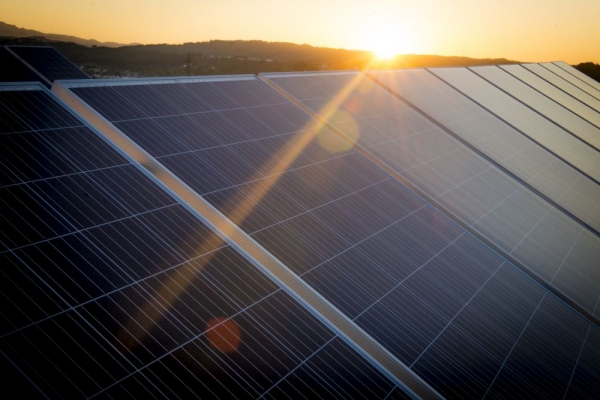23.5.2019. On the occasion of the International Recycling day on the 17th. May announced SEAT, in the year 2019 further measures for the reduction of production waste. Since the introduction of its environmental strategy eight years ago, the Spanish car manufacturer could waste the production in his works already to 34 percent; by 2025, this share should be at 60 percent.
It wants to focus SEAT not only on the avoidance of production waste, but by improving the separation of waste, i.e. achieve a higher level of recycling and re – use rate. As an example of the sludge from paint serves residues and sealant, and want to be better prepared.
In 2010, SEAT introduced its “Ecomotive Factory”-environmental strategy. Since then, the ecological footprint of all of the works could be improved by an average of 34 percent. In addition to the reduction of production waste, energy and water consumption could be reduced by about 22 percent, or 31 percent. The emission of volatile organic Compounds coat by about 21 per cent lower and CO2 emissions could even be a 63 percent reduced.
Dr. Christian Vollmer, Board member for production and logistics at SEAT, explains: “Our goal is to reduce our environmental impact continue to lead by example – whether in terms of quality and production efficiency of our plants, or in the search for solutions for the paradigm shift, the companies and society and they are actively promoting. The importance of Recycling, emission reduction and environmental protection is becoming more and more important.“ 2018 invested SEAT 16 million euros in environmental protection initiatives in the production area.
Content
- Looking at the year 2025
- Unique Initiatives
- Of sustainability
Looking at the year 2025
The next milestone in the environmental strategy should be a 50-percent improvement in environmental indicators up to the year 2025. The company is working on this already for additional measures. In the factory in Martorell, for example, built a plant for the recovery of the waste heat from the Chimneys. The energy thus generated would be sufficient to provide annually to 760 households. The amount of saved CO2 equivalent to that which could be taken up from 250,000 trees.
Unique Initiatives
One of the most influential environmental initiatives, the automobile manufacturer, the project “SEAT al Sol”, which should also be at the plant in Martorell is implemented. This is the largest solar plant in Europe and one of the largest in the global automotive industry. With a total of 53,000 photovoltaic modules, the plant covers an area as big as 40 football fields. In the year, the work in this way, generate 17 million kilowatt – hours of electricity – enough to charge daily, for example, three million mobile phones.
In addition, SEAT is working on a reduction of emissions of volatile organic Compounds (VOC). For this purpose, in the future coatings, and primers shall be water-based to use. This Initiative prevented the VOC-Emission in a extent that corresponds to the paint of 38,000 vehicles with paints on solvent basis.
In the factory in Martorell has been installed in the last year, in addition, a new, high-efficiency paint application system. By this measure, the VOC was able to reduce emissions generated in the production phase to 40 per cent – equivalent to a saving of ten tons a day.
Of sustainability
The ambitious environmental strategy of the SEAT is aligned to the year 2025. It goes hand-in-hand with the obligation of the company and the Volkswagen group, to comply with the Paris climate agreement, the defined environmental objectives. The declared aim of SEAT is it that the entire value chain of its vehicles, as well as all the other companies should be up to the year 2050 CO2-neutral.


Environmental strategy shows success: 34 percent less production waste SEAT (Foto: SEAT)